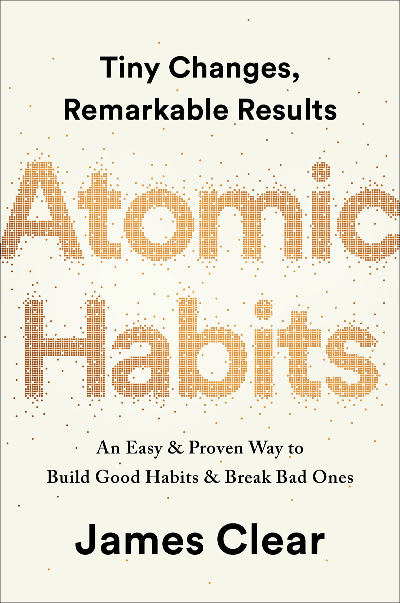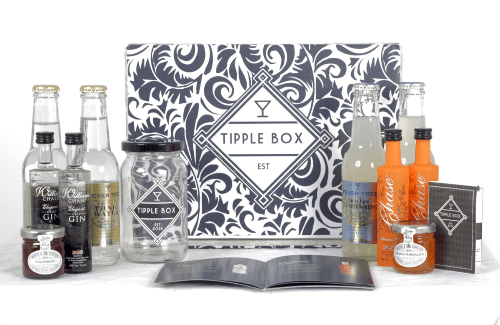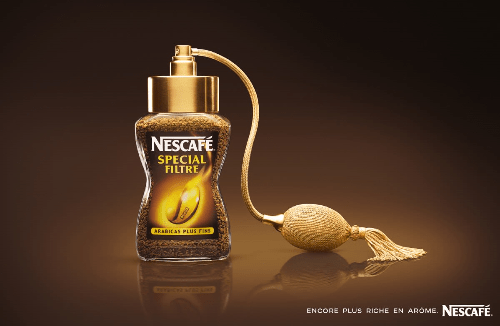The business world sometimes has a habit of making simple things really complicated, so it’s refreshing when someone comes along and does the reverse. The aptly named James Clear has just published ‘Atomic Habits’ a very practical & accessible book which explains the emerging science behind why and how we form habits.



Make it obvious.


Insurgent gym wear brand Gymshark became successful by designing body builder vests that fitted a tribe of slim gym-loving teenagers, who hadn’t yet built muscle bulk.
____________
Make it easy.

Why walk to the boozer when alcohol comes to you? Tipplebox is in the Top 10 postal subscription services according to research by courier firm Whistl
____________
Make it satisfying.

Atomic Habits comes highly recommended. Regardless of whether you view as a self-improvement book, a window on consumer behaviour, or indeed both; I think you’ll find this book easy to read and stimulating.



